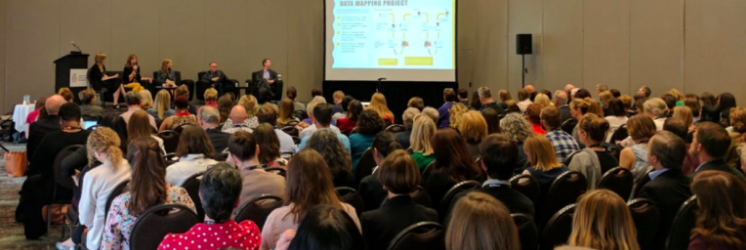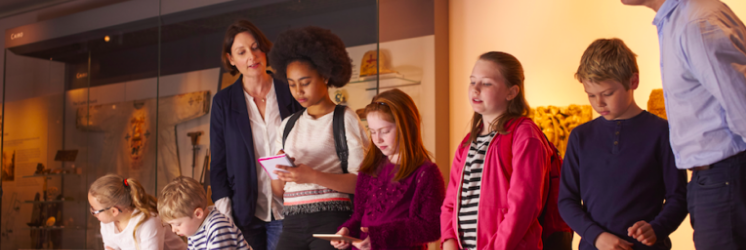Visitor-serving organizations are not asking the right questions - or perhaps we would rather ignore the answers…
I bust myths with market data and analysis from my work with IMPACTS here on Know Your Own Bone. At its core, my job is to be curious. It is to ask questions about visitation to cultural organizations and seek answers – even (if not especially) difficult answers. At our best, though, it’s the job of all people working within cultural organizations (museums, performing arts organizations, aquariums, zoos, botanic gardens, historic sites, etc.) to be curious. Our institutions are places for learning...Sign in to KYOB+
Not a member yet?
Never miss the latest read on industry data and analysis.




